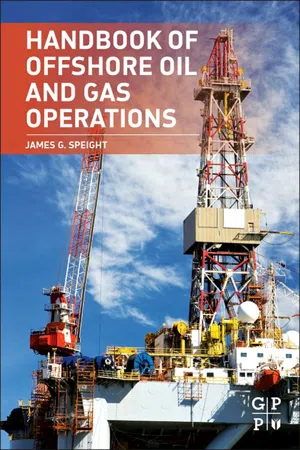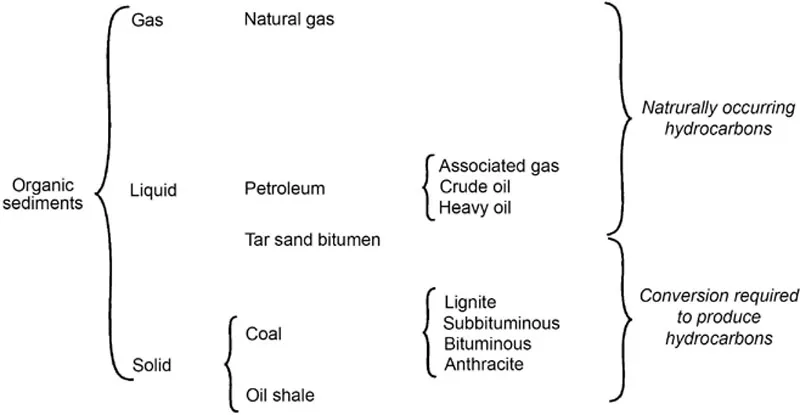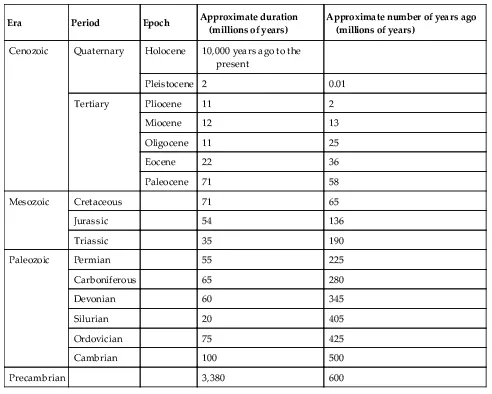
- 444 pages
- English
- ePUB (mobile friendly)
- Available on iOS & Android
Handbook of Offshore Oil and Gas Operations
About this book
Handbook of Offshore Oil and Gas Operations is an authoritative source providing extensive up-to-date coverage of the technology used in the exploration, drilling, production, and operations in an offshore setting. Offshore oil and gas activity is growing at an expansive rate and this must-have training guide covers the full spectrum including geology, types of platforms, exploration methods, production and enhanced recovery methods, pipelines, and envinronmental managment and impact, specifically worldwide advances in study, control, and prevention of the industry's impact on the marine environment and its living resources. In addition, this book provides a go-to glossary for quick reference. Handbook of Offshore Oil and Gas Operations empowers oil and gas engineers and managers to understand and capture on one of the fastest growing markets in the energy sector today.- Quickly become familiar with the oil and gas offshore industry, including deepwater operations- Understand the full spectrum of the business, including environmental impacts and future challenges- Gain knowledge and exposure on critical standards and real-world case studies
Frequently asked questions
- Essential is ideal for learners and professionals who enjoy exploring a wide range of subjects. Access the Essential Library with 800,000+ trusted titles and best-sellers across business, personal growth, and the humanities. Includes unlimited reading time and Standard Read Aloud voice.
- Complete: Perfect for advanced learners and researchers needing full, unrestricted access. Unlock 1.4M+ books across hundreds of subjects, including academic and specialized titles. The Complete Plan also includes advanced features like Premium Read Aloud and Research Assistant.
Please note we cannot support devices running on iOS 13 and Android 7 or earlier. Learn more about using the app.
Information
Occurrence and Formation of Crude Oil and Natural Gas
Abstract
Keywords
1.1. Introduction
| Era | Period | Epoch | Approximate duration (millions of years) | Approximate number of years ago (millions of years) |
| Cenozoic | Quaternary | Holocene | 10,000 years ago to the present | |
| Pleistocene | 2 | 0.01 | ||
| Tertiary | Pliocene | 11 | 2 | |
| Miocene | 12 | 13 | ||
| Oligocene | 11 | 25 | ||
| Eocene | 22 | 36 | ||
| Paleocene | 71 | 58 | ||
| Mesozoic | Cretaceous | 71 | 65 | |
| Jurassic | 54 | 136 | ||
| Triassic | 35 | 190 | ||
| Paleozoic | Permian | 55 | 225 | |
| Carboniferous | 65 | 280 | ||
| Devonian | 60 | 345 | ||
| Silurian | 20 | 405 | ||
| Ordovician | 75 | 425 | ||
| Cambrian | 100 | 500 | ||
| Precambrian | 3,380 | 600 |

1.2. Offshore oil and gas
Table of contents
- Cover
- Title page
- Table of Contents
- Copyright Page
- About the Author
- Preface
- Chapter 1: Occurrence and Formation of Crude Oil and Natural Gas
- Chapter 2: Offshore Geology and Operations
- Chapter 3: Offshore Platforms
- Chapter 4: Exploration
- Chapter 5: Drilling Technology and Well Completion
- Chapter 6: Production
- Chapter 7: Transportation
- Chapter 8: Corrosion
- Chapter 9: Environmental Impact
- Chapter 10: Legislation and The Future
- Appendix A: World Offshore Oil and Gas Projects
- Appendix B: Deepwater Natural Gas and Oil Qualified Fields
- Conversion Factors
- Glossary
- Index
